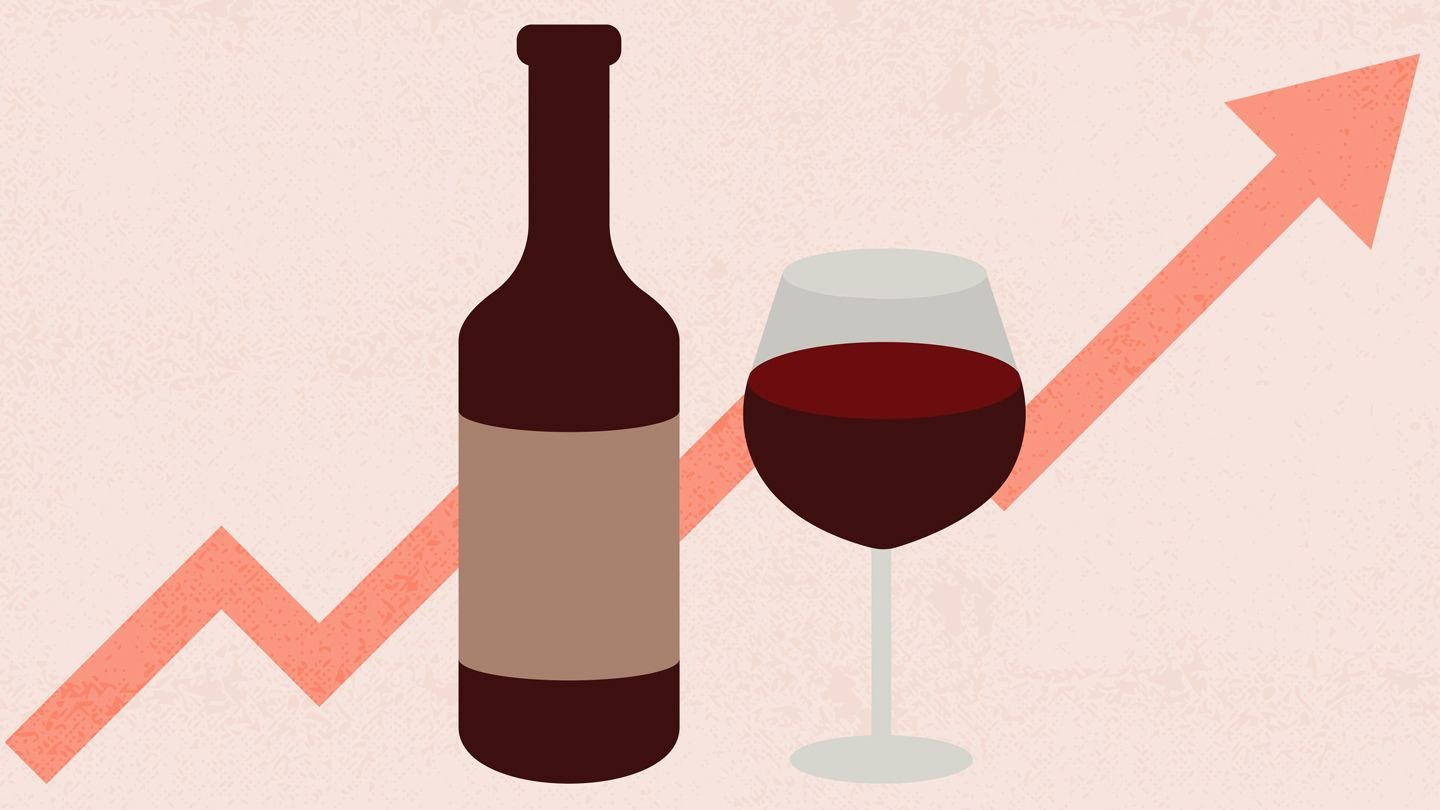Blood clots are a serious medical concern that can have severe consequences if not properly understood and managed. In this article, we’ll delve into five essential blood clot facts that doctors emphasize for better awareness and prevention.
Table of Contents
- Understanding Blood Clots
- What Are Blood Clots?
- Types of Blood Clots
- Causes and Risk Factors
- Common Causes of Blood Clots
- Risk Factors to Consider
- Recognizing Symptoms
- Identifying Blood Clot Symptoms
- When to Seek Medical Attention
- Complications and Consequences
- Potential Complications Arising from Blood Clots
- Long-Term Consequences
- Prevention and Management
- Preventive Measures to Reduce Blood Clot Risk
- Treatment Options and Management
Understanding Blood Clots
What Are Blood Clots?
Blood clots, medically known as thrombi, are gel-like masses that form in your blood vessels. They are composed of platelets and fibrin, a protein involved in clot formation. While blood clots are a natural part of the body’s healing process, abnormal clotting can occur and lead to various health issues.
Types of Blood Clots
There are two primary types of blood clots: arterial and venous. Arterial clots develop in arteries and can obstruct blood flow to vital organs, potentially causing heart attacks or strokes. Venous clots form in veins and are associated with conditions like deep vein thrombosis (DVT) and pulmonary embolism.
Causes and Risk Factors
Common Causes of Blood Clots
Blood clots can form due to several reasons, including prolonged immobility, surgery, injury, or underlying medical conditions such as cancer or clotting disorders. Smoking, obesity, and hormonal contraceptives can also contribute to clot formation.
Risk Factors to Consider
Certain factors increase the likelihood of developing blood clots. These include a family history of clotting disorders, advanced age, pregnancy, and a sedentary lifestyle. It’s crucial to be aware of these factors and take appropriate preventive measures.
Recognizing Symptoms
Identifying Blood Clot Symptoms
Symptoms of blood clots depend on their location. For instance, a deep vein clot may cause swelling, pain, and warmth in the affected leg, while a clot in the lungs can lead to shortness of breath and chest pain. Being able to recognize these symptoms promptly is essential for seeking timely medical help.
When to Seek Medical Attention
If you experience sudden and severe symptoms like chest pain, difficulty breathing, or unexplained swelling, don’t delay seeking medical attention. Timely intervention can prevent complications and even save your life.
Complications and Consequences
Potential Complications Arising from Blood Clots
Untreated blood clots can lead to serious complications. An arterial clot can result in tissue damage due to reduced blood flow, while a venous clot can travel to the lungs and cause a pulmonary embolism. These scenarios can be life-threatening and require immediate medical intervention.
Long-Term Consequences
Even if blood clots are successfully treated, they can have long-term effects. Chronic pain, post-thrombotic syndrome, and the increased risk of recurrence are potential consequences that patients need to be aware of and manage.
Prevention and Management
Preventive Measures to Reduce Blood Clot Risk
To reduce the risk of blood clots, doctors advise maintaining an active lifestyle, staying hydrated, avoiding prolonged sitting or standing, and quitting smoking. For individuals at higher risk, doctors might recommend blood-thinning medications or compression stockings.
Treatment Options and Management
When blood clots are diagnosed, doctors will tailor treatment based on the clot’s location and severity. Medications like anticoagulants are commonly used to prevent further clotting, while procedures such as thrombectomy can be performed to remove large clots.
Conclusion
Blood clots are a serious medical concern that requires awareness and prompt action. By understanding the causes, symptoms, and preventive measures associated with blood clots, you can take steps to protect your health. Remember, timely medical attention is crucial if you suspect a blood clot, as it can make a significant difference in outcomes.








